Refining Cover Crop Seeding Rates and Planting Dates Can Boost Farmer Confidence
Research showed that while seeding rate had little impact on biomass, early and mid-planting dates produced more biomass than late planting dates.
Farmers Are Stripping Down—Their Tillage Practices
Darby Danzl recaps the National Strip-Tillage Conference, where farmers discussed using strip-tillage to balance soil conservation, crop performance, and input efficiency.
Critical Late-Season Scouting Watchouts for Later-Planted Soybeans
Later-planted soybeans can come with late-season surprises—Stephanie Porter, CCA, shares what to be scouting for in August.
How Aerial Imagery Is Changing Yield Forecasting
IL Soy Envoy Haley Brokate of Illini FS shares her experience using aerial imagery to guide yield forecasting weeks before harvest begins.
Enroll in ISA’s Cover Crop Weed Suppression Trials
Illinois Soybean Association is seeking experienced cover crop farmers with minimal or no-till systems to host 2025 on-farm trials testing cereal rye and winter barley for spring weed suppression.
Disease Pressure Builds as the Crop Races to Maturity
Hear from Illinois Soy Envoys as they break down early August crop conditions, covering waterhemp struggles, fungicide performance, and disease threats like tar spot and sudden death syndrome.
Soybeans and Cover Crops Can Work Together for Soil Health and Good Yields
First-year results showed minimal nitrogen immobilization, but cereal rye tied up sulfur, creating a 6–7 bushel soybean yield drag that was overcome with added sulfur fertilizer.
Red Crown Rot Progressing in Illinois: Symptoms Confirmed in Shelby County Commercial Fields
Red crown rot is advancing in Illinois, with confirmed infections now in Shelby County soybean commercial fields.
EPA Proposes New Registration for Over-The-Top Use in Soybeans
Over‑the‑top dicamba use may return by 2026, but under new restrictions.
2025: The Year That Keeps on Giving
Despite excessive rainfall and a far-from-normal 2025 growing season, IL Soy Envoy Mike Wilson explains why there’s still plenty of promise in southern Illinois soybeans—if you stay vigilant.

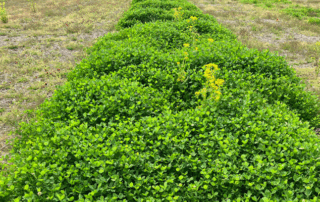
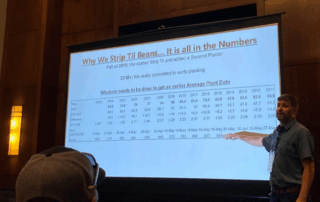


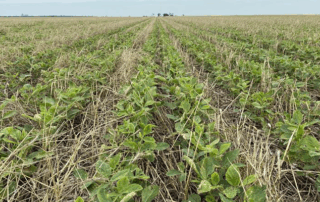


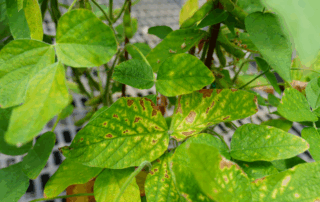
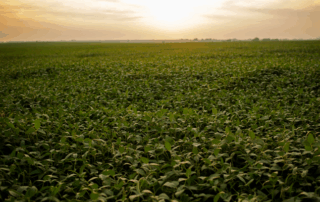
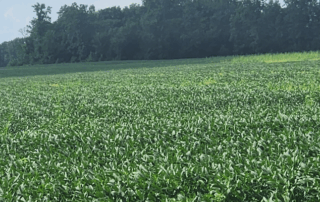

 and then
and then